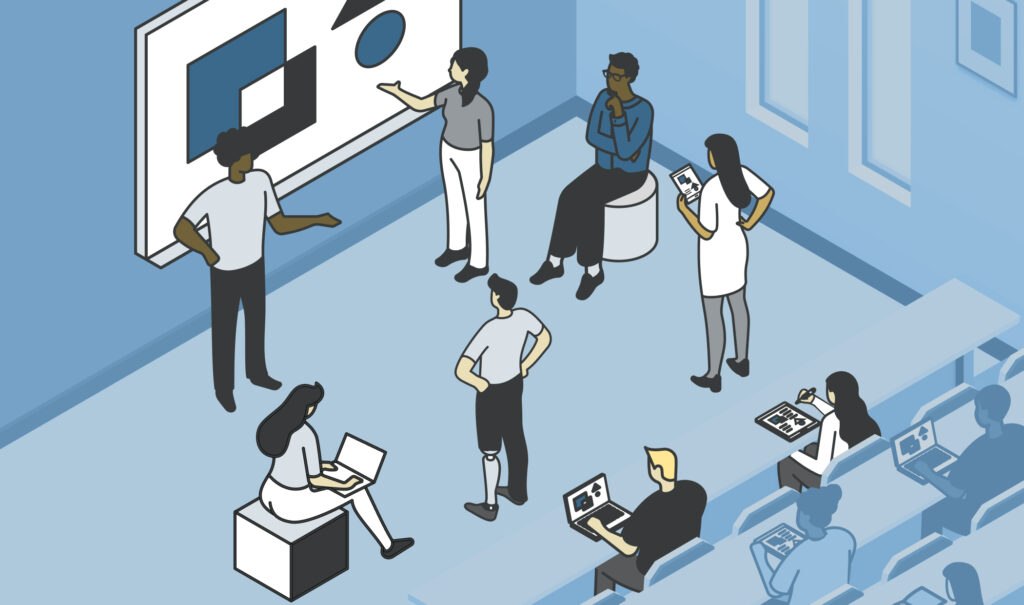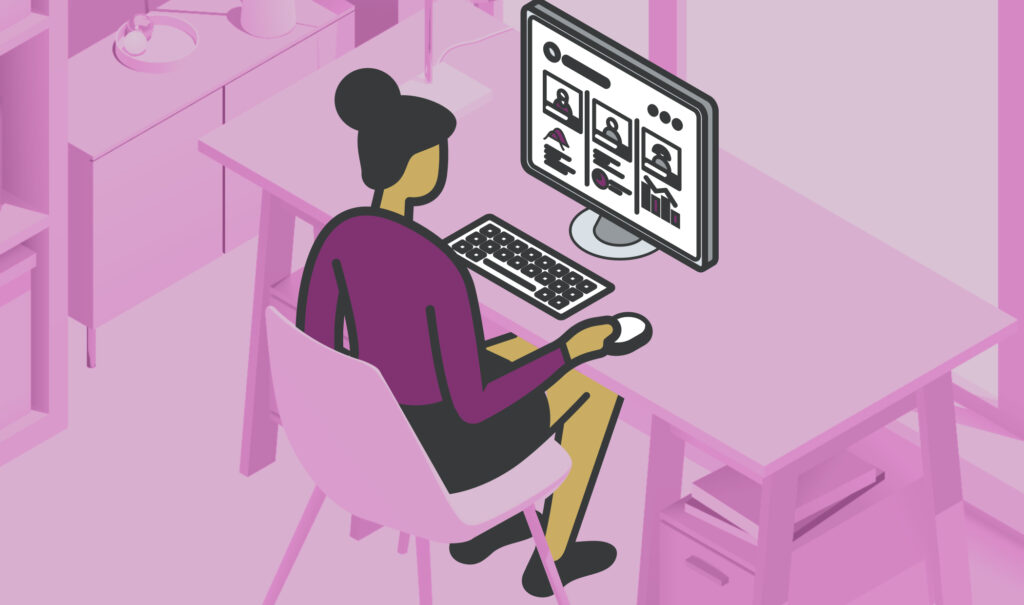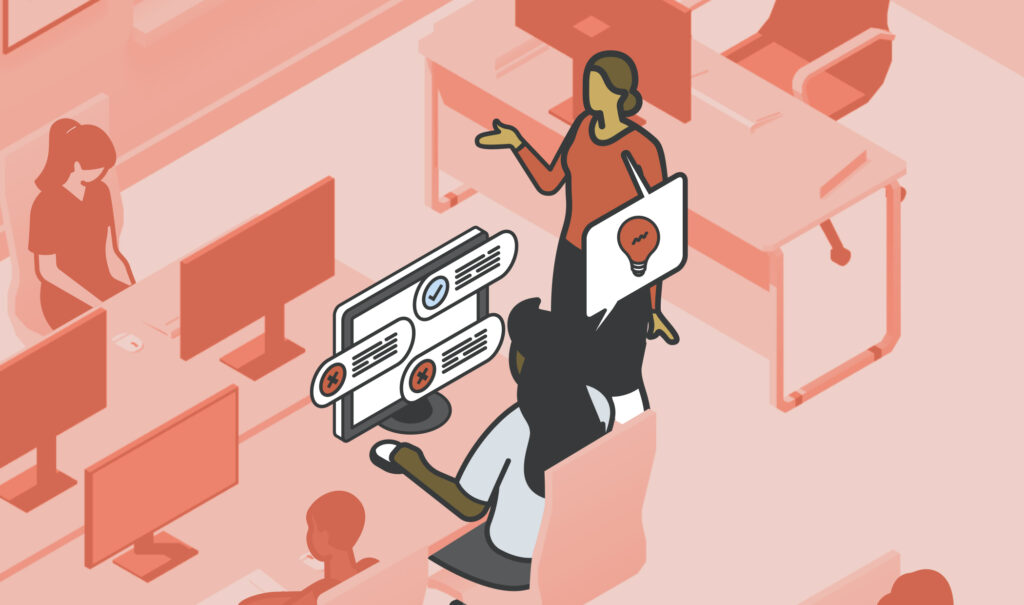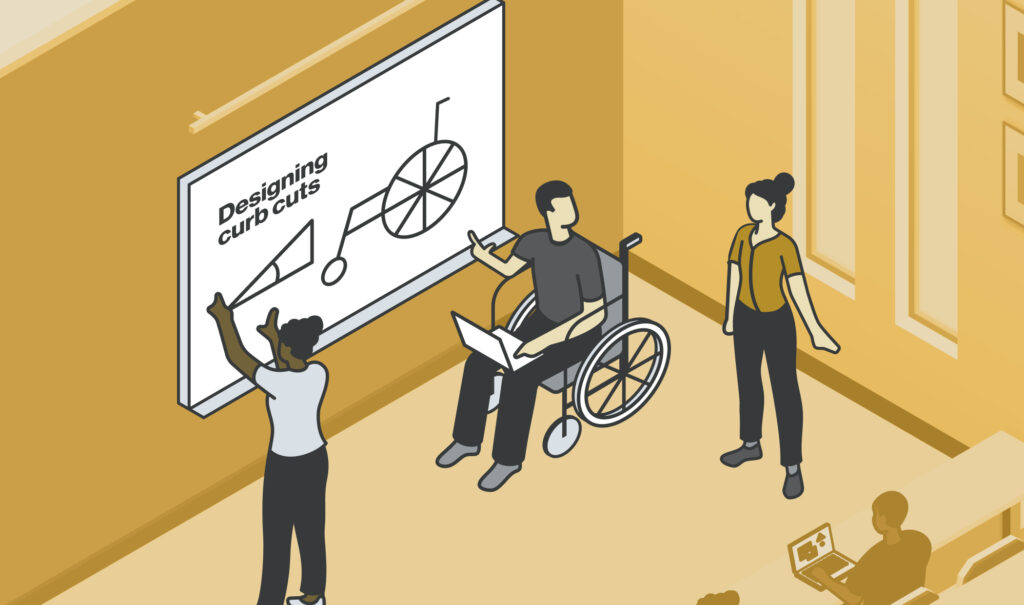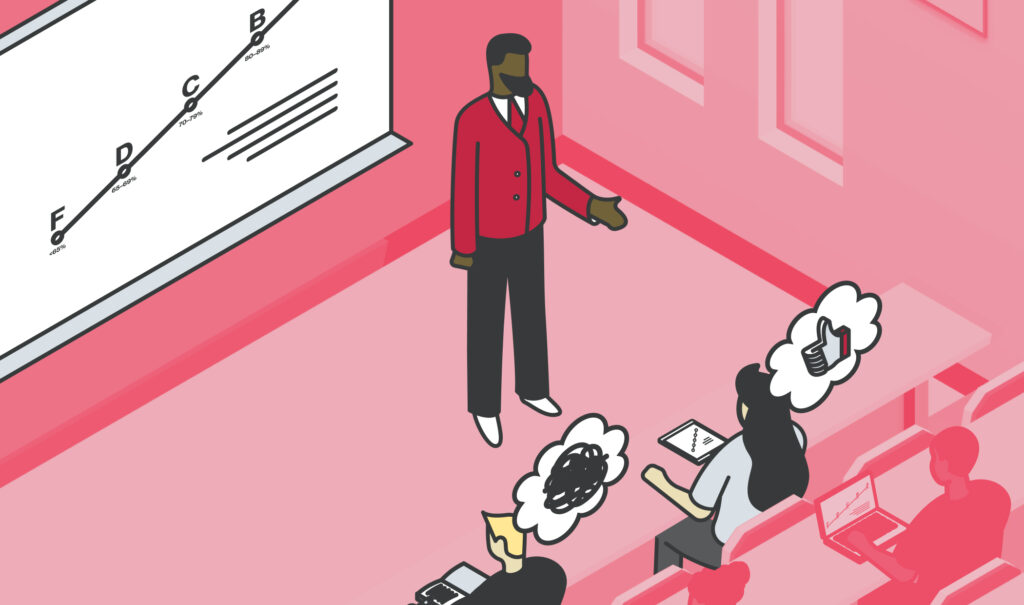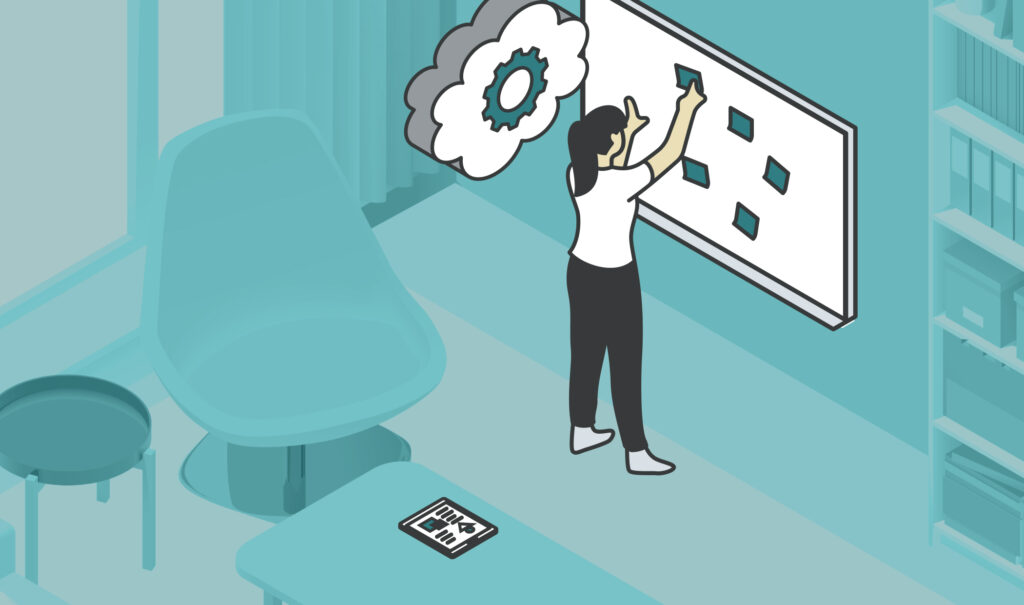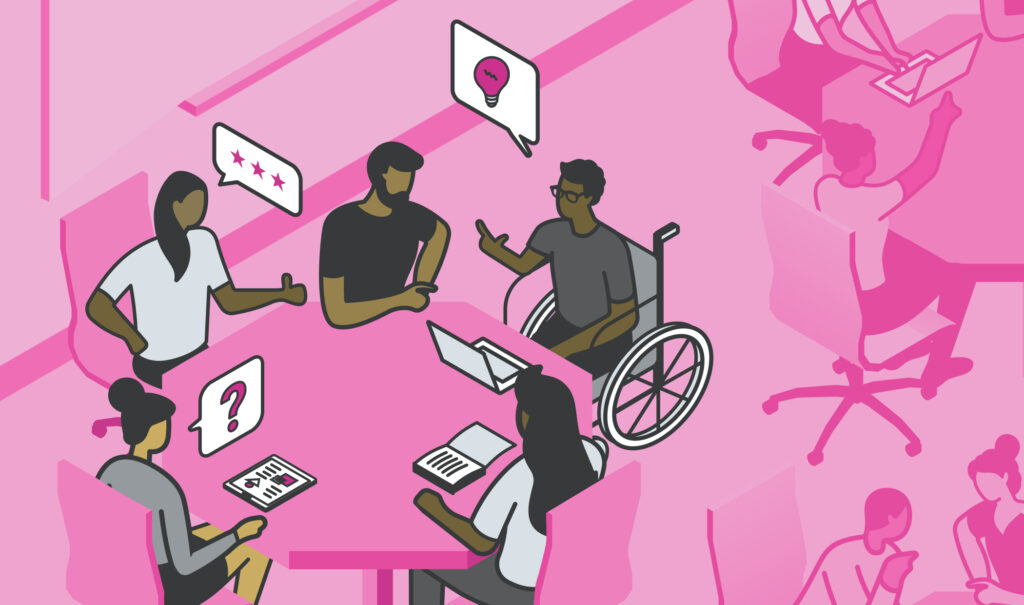Determine what students already know and integrate their experiences into learning
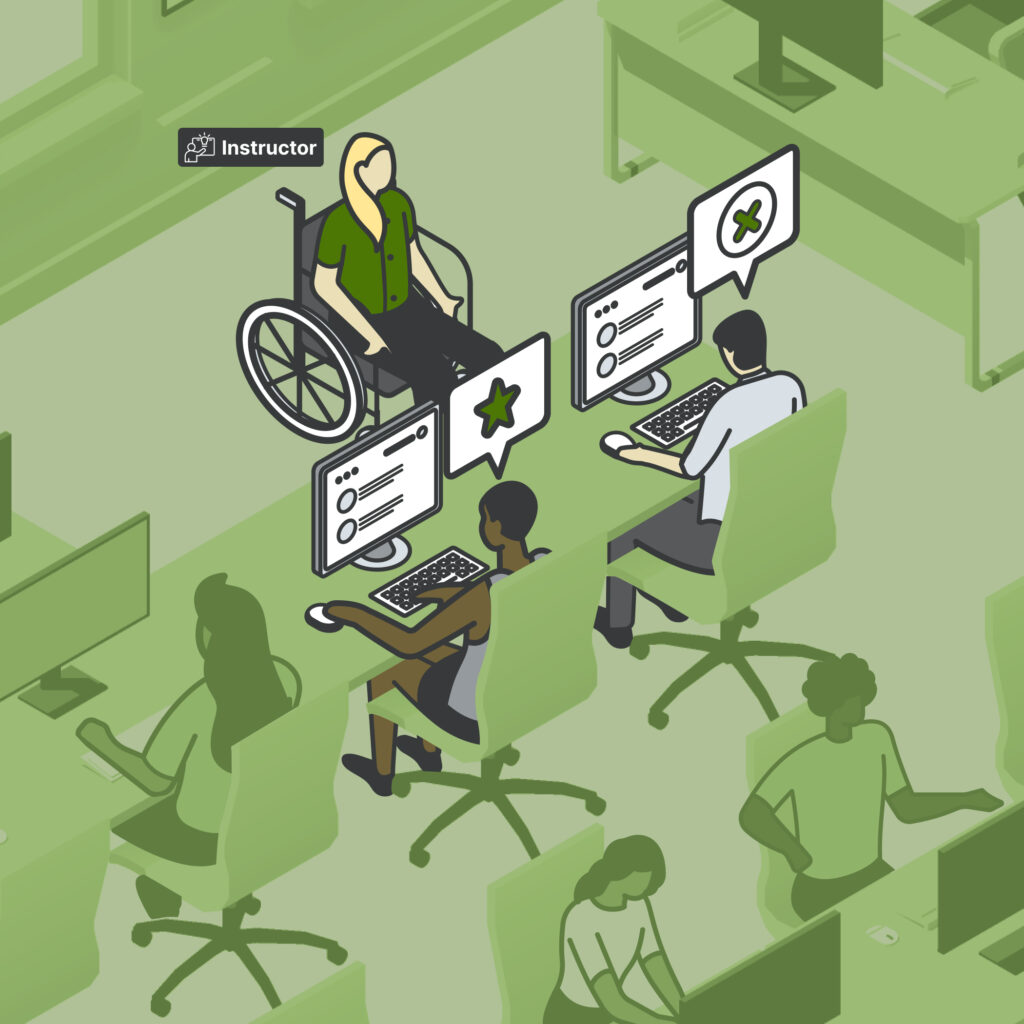
Prior knowledge describes what a student already knows, including their personal and educational experiences and any other information a student brings with them to the course. Professors can assess prior knowledge directly or indirectly through course activities and assignments. They can also identify concepts or skills that may need to be taught or prior knowledge that needs to be corrected in the course to support student learning.
Once professors understand students’ prior knowledge, instruction can be designed around students’ interests and current level of understanding, ensuring that the material is engaging and relevant. When professors engage and activate students’ prior knowledge, students experience deeper understanding, increased connections among information, and greater levels of application and transfer.
How Assessing & Activating Prior Knowledge can be Digitally-Enabled
Digital tools make it easier and more time efficient for instructors to assess and activate prior knowledge. Tools like online quizzes, digital curriculum-embedded day-one assessments and initial knowledge checks, and polling tools allow instructors to quickly identify what students already know, what they may need to learn, and what they may need to unlearn. Other tools like survey platforms and discussion boards can help instructors identify student interests and experiences. Additionally, the use of digital tools to assess prior knowledge allows for instructors to enlist prior knowledge as input into their data-informed instructional practices.
Key Dimensions of Assessing & Activating Prior Knowledge
Assessing what students know
Professors evaluate the existing knowledge and skills that students bring to the course, including determining the baseline of students’ understanding of the subject matter.
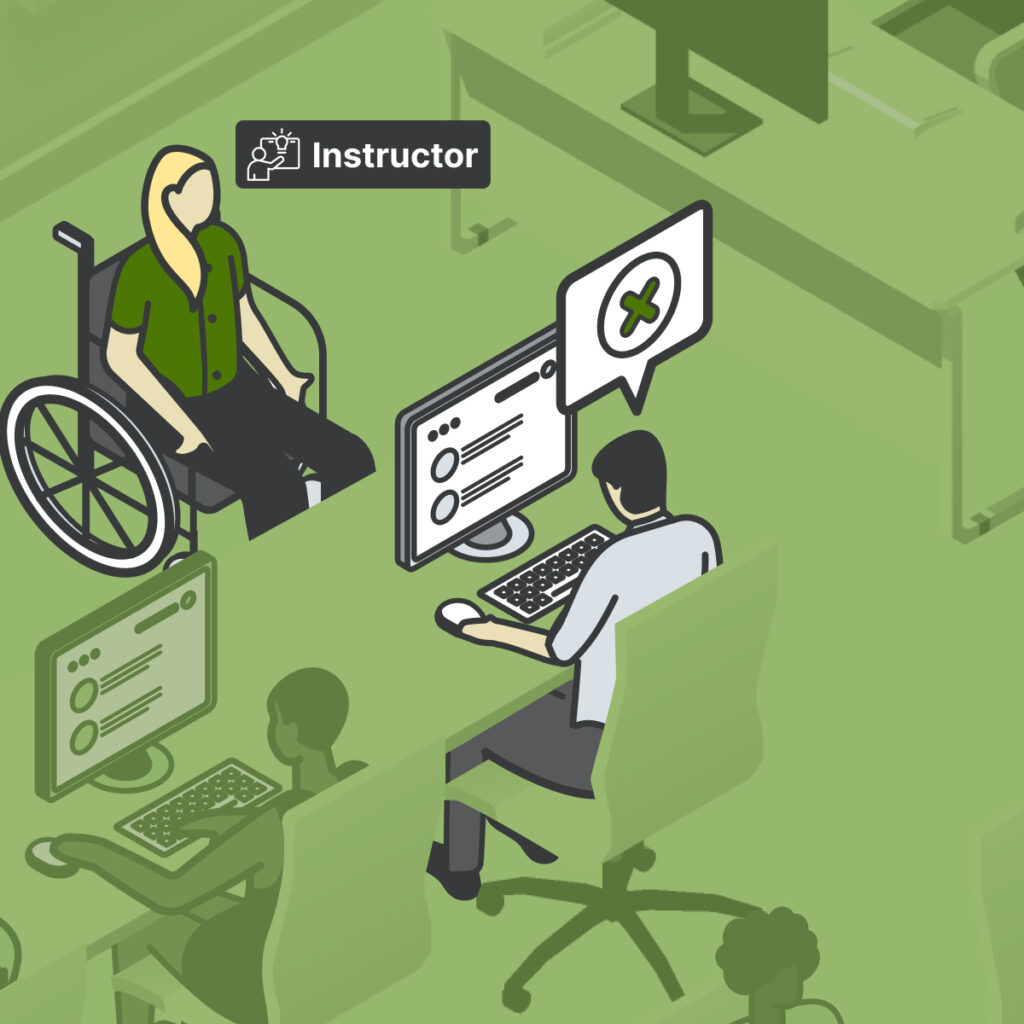
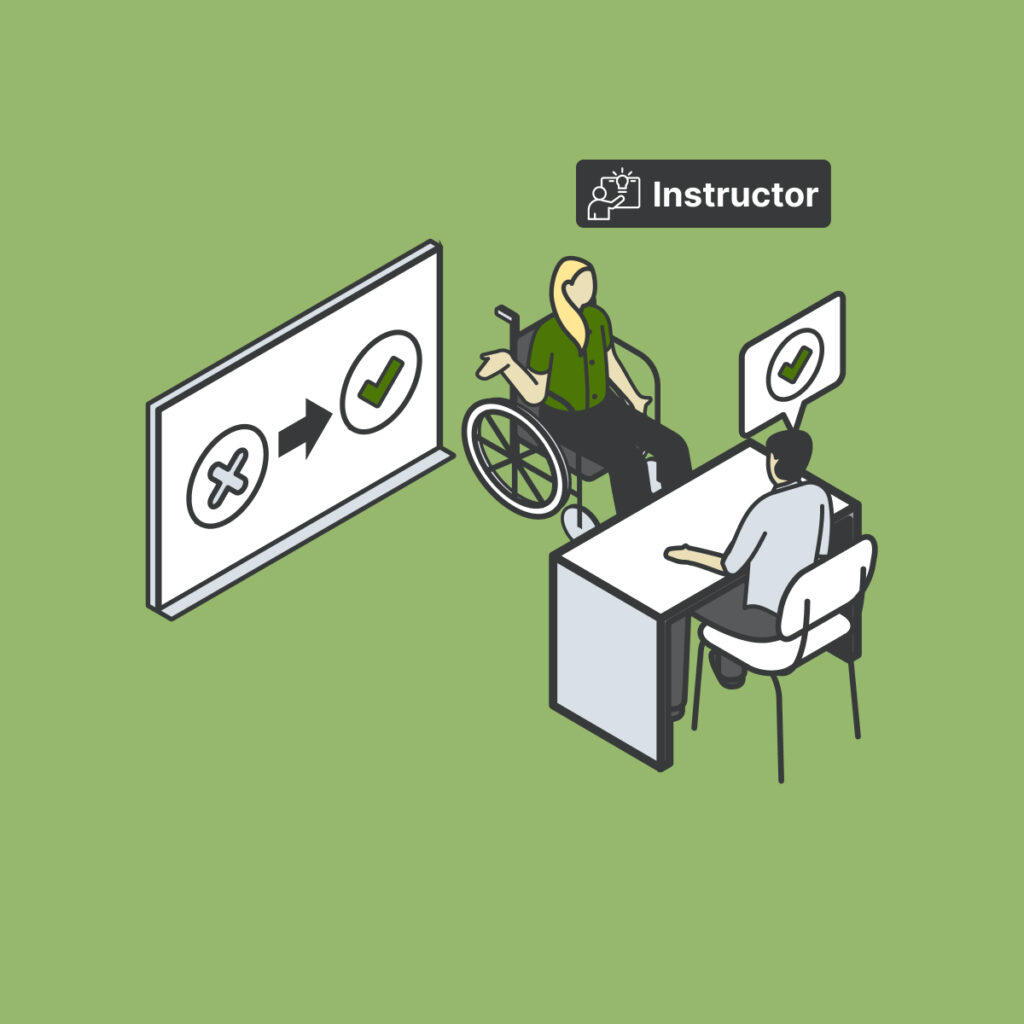
Identifying what students need to learn or unlearn
Professors leverage the assessed prior knowledge to address specific learning needs, adjust pace, and provide supportive pathways when necessary.
Assessing student interests and experiences
Professors delve into students’ personal and educational experiences and interests. They explore the diverse backgrounds and perspectives students bring to the classroom, recognizing the value of these experiences in shaping their learning journey.
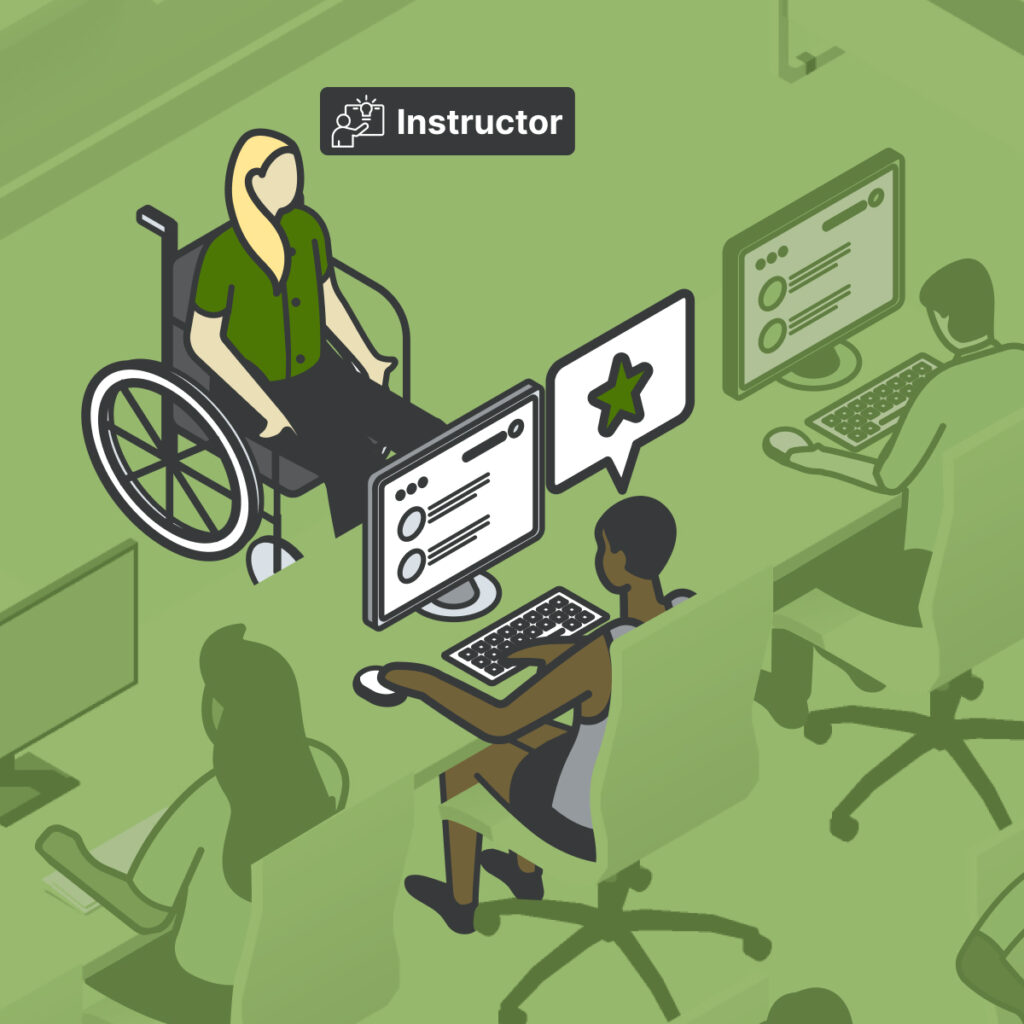
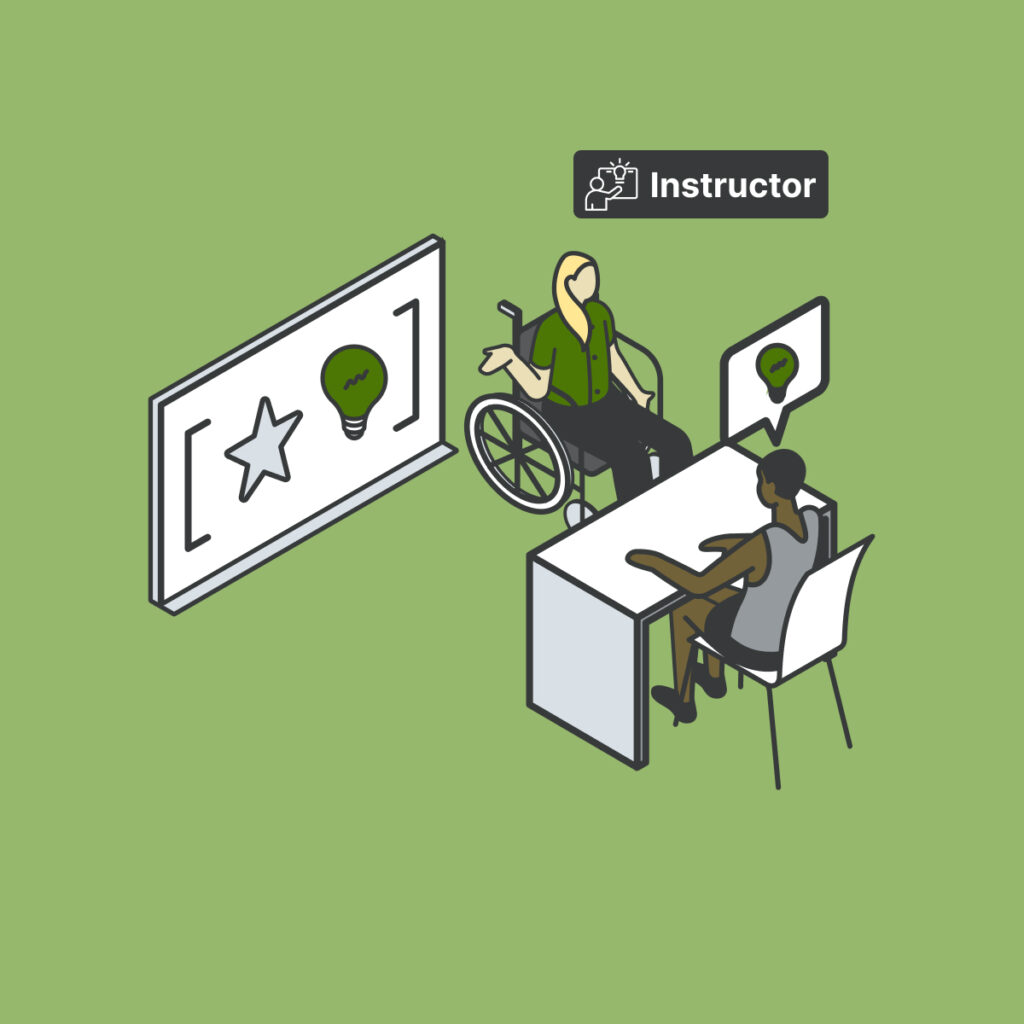
Leveraging student interests and experiences
Professors demonstrate how the course materials, activities, and assessments are relevant to the overall course outcomes. They provide students with a clear understanding of how each component of the course contributes to achieving the intended learning goals, helping students see the connection between what they are learning and the broader course objectives. This clarity empowers students to navigate the learning process with a sense of purpose and direction.
Instructional Examples
The Instructional Example Library features a wide range of digitally-enabled examples sourced directly from instructors who are using technology to implement evidence-based teaching practices in their courses. These examples focus primarily on math, chemistry, and statistics gateway courses, but are applicable across disciplines.
Have an Example of Your Own?
Help us build our Instructional Example Library! We are looking for contributions from higher education instructors across disciplines who use technology to enable evidence-based teaching practices. To learn more and to submit an example, please visit the form page linked below. Thank you for helping us support the field.
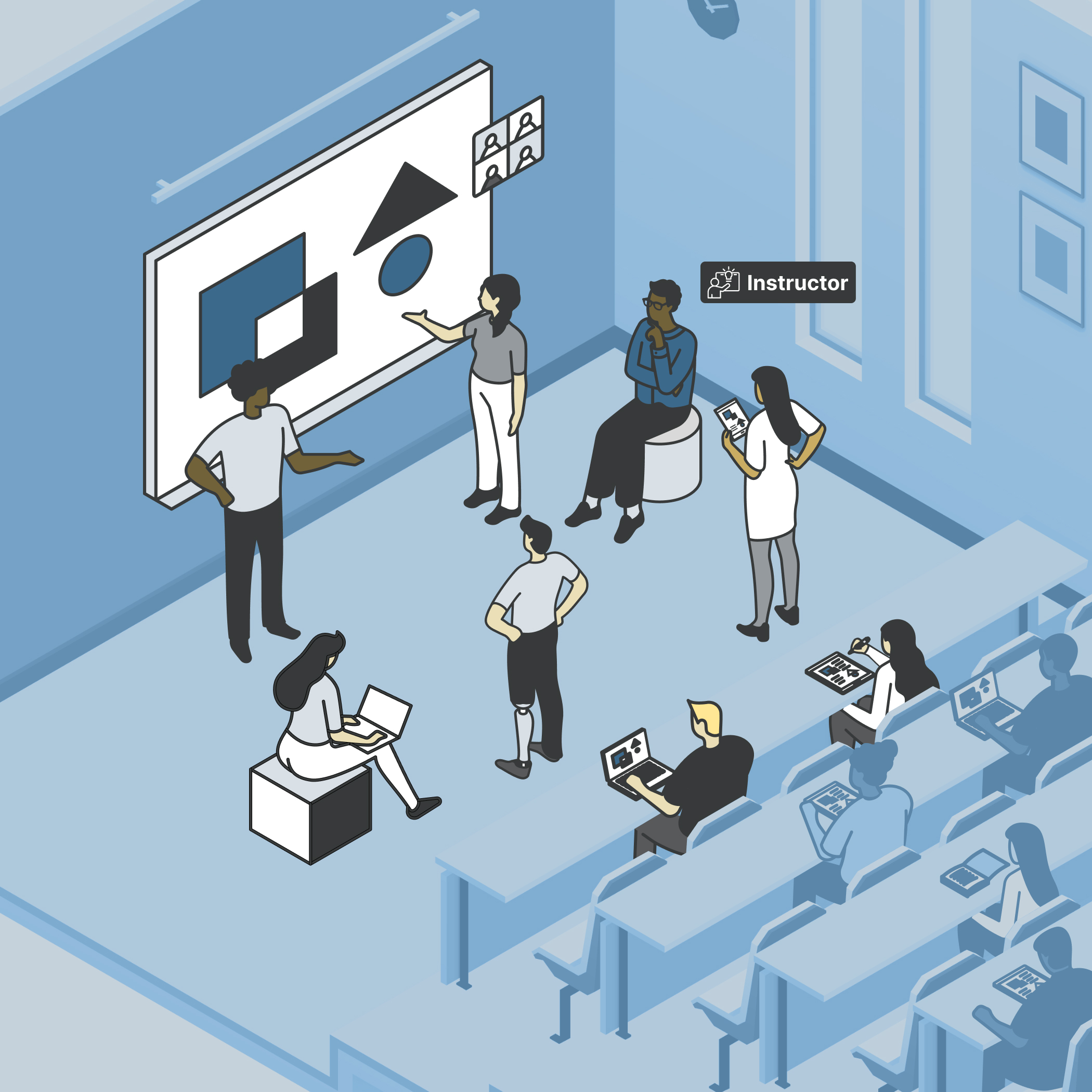
Join the Transform Learning Community of Practice
Join us this Fall for the Transform Learning Community of Practice, an 8-week learning community for Math faculty. Participants will engage in synchronous and asynchronous discussions on the eight digitally-enabled, evidence-based teaching practices, share insights and experiences, and learn from math faculty peers. Participants are eligible for a stipend upon completion of the community of practice.
Further Reading
- Hear from students directly about the benefits of connecting learning topics to students’ lives and experiences outside the classroom in “The Spelman Difference.”
- “Putting Equity Into Practice: Culturally Responsive Teaching and Learning” is a resource published by the Every Learner Everywhere network that describes the benefits of activating students’ prior experiences and knowledge and provides numerous examples and recommendations for how to implement this practice in the classroom.
- Carnegie Mellon University’s Eberly Center created “Using Concept Maps” to help instructors develop concept mapping exercises to assess students’ prior knowledge.
- Pre-course assessments, such as those described in the University of Wisconsin’s KnowledgeBase resource, “Background Knowledge Probe,” can be used to gauge students’ understanding of key concepts, helping professors tailor their instruction to address specific gaps in knowledge.
